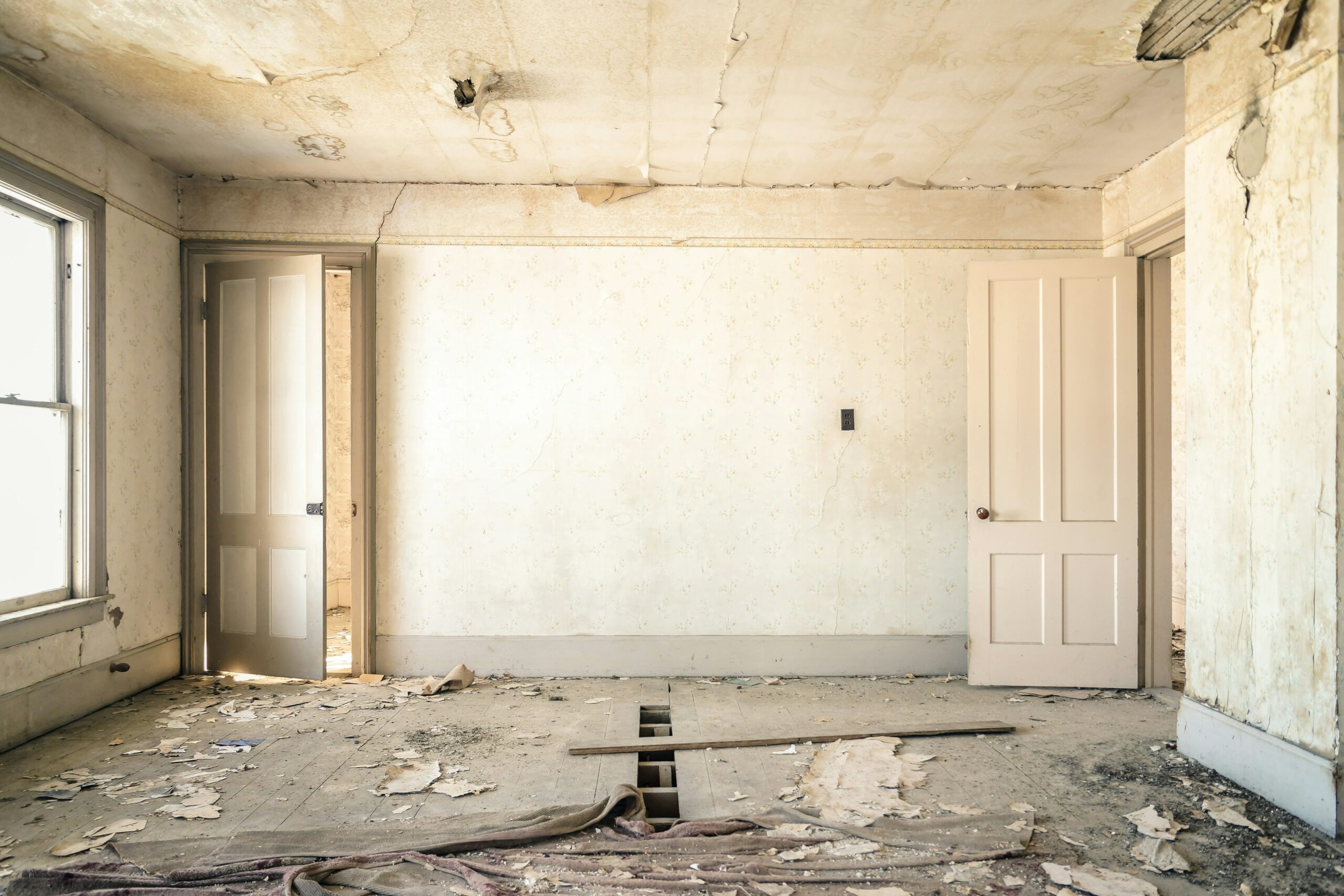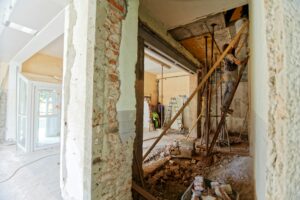Renovating a single-family home can be a highly rewarding venture for real estate investors, offering the potential to significantly increase a property’s value and appeal. However, the path to a successful renovation is fraught with potential pitfalls that can erode your profits and, in some cases, turn a promising investment into a financial burden. To navigate this complex process successfully, here are essential aspects investors should be cautious of.
Underestimating Costs
One of the most common mistakes in real estate renovation is underestimating the cost. It’s crucial to conduct a thorough inspection of the property beforehand to identify all potential issues that may require fixing. Always factor in a contingency budget of at least 20% for unforeseen expenses, as renovations often uncover additional problems that need addressing. Getting multiple quotes from contractors and ensuring a buffer can help manage these unexpected costs without derailing your project.
Overcapitalizing on the Renovation
While it’s tempting to opt for high-end finishes and fixtures, overcapitalizing can significantly impact your investment returns. The key is to understand your market and renovate the property to meet, but not excessively exceed, the expectations of potential buyers or renters in the area. Investing in quality, durable materials that offer a good balance between cost and appeal can help maximize your return on investment without overshooting the property’s market value.
Neglecting Necessary Permits
Failing to secure the necessary permits before starting renovation work can lead to costly delays, fines, and even the requirement to undo completed work. Different municipalities have different rules regarding what renovations require permits, so it’s essential to check with local authorities and obtain all necessary approvals before proceeding. This ensures your renovation complies with local building codes and regulations, avoiding legal issues down the line.
Overlooking the Importance of a Good Floor Plan
A well-thought-out floor plan is crucial to maximizing a property’s functionality and appeal. Poor design choices, such as awkwardly placed bathrooms or lack of closet space, can significantly detract from a home’s livability and attractiveness to potential buyers or renters. It’s often worth investing in professional design advice to ensure the floor plan meets modern living standards and maximizes the use of space.
Ignoring the Exterior and Curb Appeal
First impressions matter, and the exterior of your property is the first thing potential buyers or renters will see. Neglecting the property’s exterior and curb appeal can undermine the value of your renovation efforts inside. Simple updates like painting the exterior, landscaping, and updating front door and window frames can significantly enhance a property’s appeal and attract more interest.
Underestimating the Timeline
Renovation projects often take longer than initially expected due to unforeseen issues and delays. Underestimating the timeline can lead to increased holding costs, including mortgage payments, utilities, and property taxes, which can eat into your profits. It’s important to set realistic timelines and factor in potential delays when planning your renovation project.
Conclusion
Renovating a single-family home for real estate investment can offer substantial rewards, but it’s not without its challenges. By carefully planning your renovation, budgeting accurately, understanding the local market, and preparing for unforeseen circumstances, you can avoid common pitfalls and maximize your investment’s potential. Remember, the goal is not just to create a beautiful home but to do so in a way that is financially prudent and aligned with market demands.





